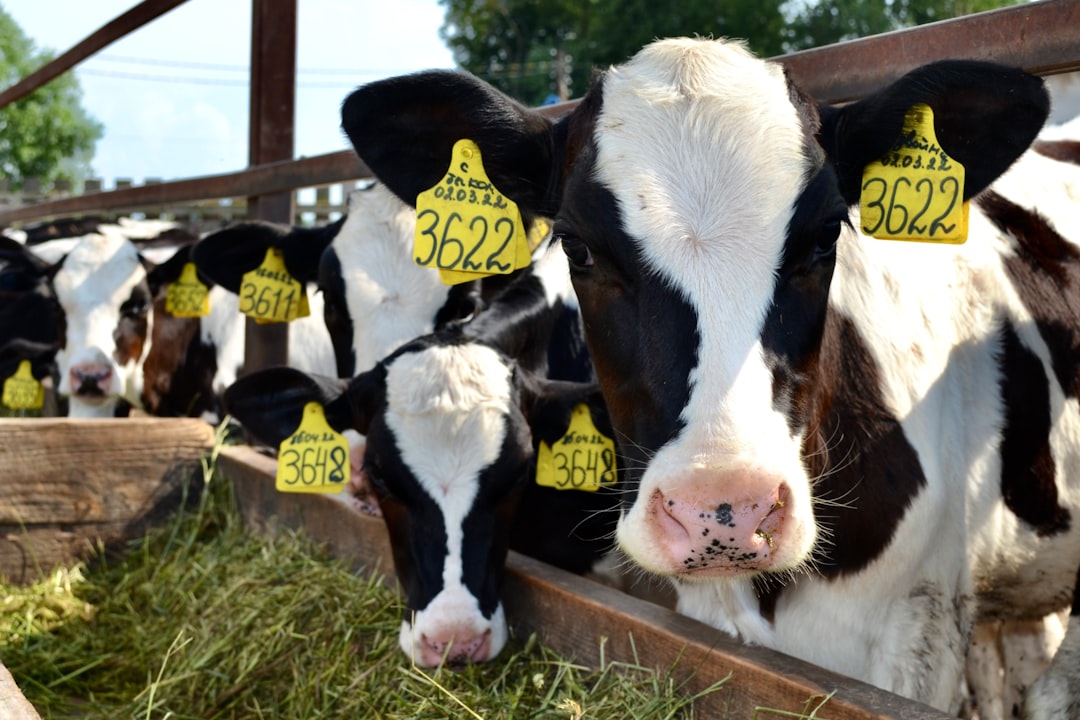What is it about?
Our study is about brain changes in the connectivity of brain networks from childhood to adulthood using fMRI scans in relation to schizophrenia and its genetic risk factors. We examined how these connectivity changes vary with age, using multiple fMRI scans per person in a sample of more than 9,000 individuals. We compared age-related brain network changes in the neurotypical individuals with those observed in siblings of people with schizophrenia, who are at familial risk but not affected, individuals with schizophrenia-related signs below the threshold for diagnosis, and patients with schizophrenia. Finally, we looked at how the individual genetic risk for schizophrenia influenced these age-related brain network changes.
Featured Image

Photo by National Cancer Institute on Unsplash
Why is it important?
We showed that certain changes in brain network connectivity related to schizophrenia risk become noticeable during adolescence and early adulthood. Younger siblings of people with schizophrenia display brain network patterns of neurotypical individuals at least one decade older. Some of these patterns are also seen in patients and are linked to genetic risk factors for schizophrenia. Young individuals with schizophrenia-related subthreshold signs also exhibit similar brain network changes to the siblings of schizophrenia patients. Our evidence highlights the importance of an age-oriented approach and of leveraging multiple scans for identifying risk brain networks and potential genetic associations for improved early detection and intervention strategies.
Perspectives
These findings trace a risk-related brain trajectory across multiple age stages with the potential to enhance our understanding of the disorder and to improve early diagnosis and intervention efforts, with a significant impact on the lives of at-risk individuals.
Roberta Passiatore
University of Bari
Read the Original
This page is a summary of: Changes in patterns of age-related network connectivity are associated with risk for schizophrenia, Proceedings of the National Academy of Sciences, August 2023, Proceedings of the National Academy of Sciences,
DOI: 10.1073/pnas.2221533120.
You can read the full text:
Contributors
The following have contributed to this page










